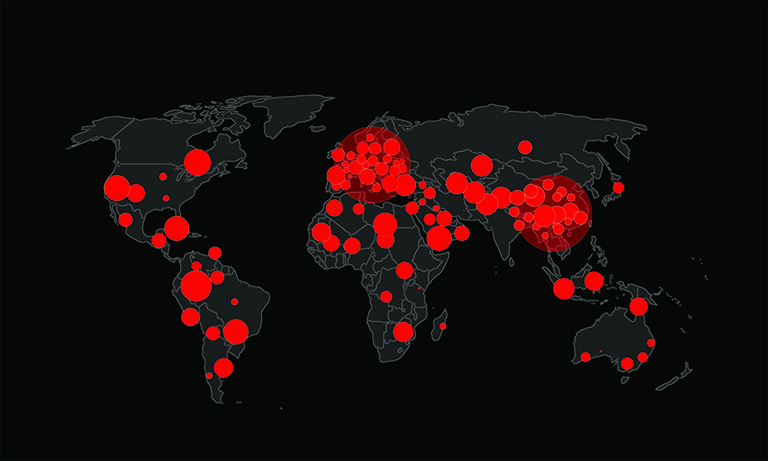Arcane Stealer Malware: A Look Into This Insidious Threat

A malware strain known as Arcane Stealer targets unsuspecting users through YouTube videos that promote game cheats. This previously undocumented stealer malware has caught the attention of security researchers due to the sheer volume of information it collects and the sophisticated techniques it employs.
Table of Contents
What is Arcane Stealer?
Arcane Stealer is a type of information-stealing malware designed to exfiltrate a wide range of user data, including login credentials, cookies, credit card information, and system configuration details. Unlike more common malware that focuses on a specific category of information, Arcane targets multiple applications, making it a significant concern for users who rely on gaming, messaging, and network services.
How Does Arcane Stealer Spread?
The primary distribution method for Arcane Stealer involves YouTube videos that advertise game cheats. Users are lured into downloading a password-protected archive from a link given in the video description. Once extracted, the archive contains a batch file (start.bat), which triggers a chain of actions leading to the execution of the malware.
This process involves using PowerShell to download another archive, which contains two executable files. One of these is a cryptocurrency miner, while the other is the Arcane Stealer itself. In addition, the batch script disables Windows SmartScreen protections, allowing the malware to operate undetected. Over time, cybercriminals have adapted this strategy, previously using a different stealer malware variant called VGS before switching to Arcane in late 2024.
What Does Arcane Stealer Target?
Arcane Stealer is exceptionally broad in its scope, targeting a variety of applications, including:
- VPN Clients: OpenVPN, Mullvad, NordVPN, IPVanish, Surfshark, ProtonVPN, hidemy.name, PIA, CyberGhost, ExpressVPN.
- Network Utilities: ngrok, Playit, Cyberduck, FileZilla, DynDNS.
- Messaging Apps: ICQ, Tox, Skype, Pidgin, Signal, Element, Discord, Telegram, Jabber, Viber.
- Email Clients: Microsoft Outlook.
- Gaming Platforms: Riot Client, Epic Games, Steam, Ubisoft Connect, Roblox, Battle.net, and various Minecraft clients.
- Cryptocurrency Wallets: Zcash, Armory, Bytecoin, Jaxx, Exodus, Ethereum, Electrum, Atomic, Guarda, Coinomi.
Beyond harvesting credentials and sensitive data, Arcane Stealer takes screenshots of infected systems, records running processes, and extracts saved Wi-Fi network credentials.
How Does Arcane Stealer Steal Information?
Modern browsers use encryption techniques to secure sensitive data such as saved passwords and cookies. Arcane Stealer leverages the Windows Data Protection API (DPAPI) to retrieve these encryption keys. However, what makes Arcane particularly noteworthy is its use of an embedded utility called Xaitax, which cracks browser encryption keys, allowing the malware to access stored credentials.
Additionally, the malware employs a debugging feature to extract cookies from Chromium-based browsers by launching a copy of the browser via a debug port. This provides attackers with persistent access to user sessions, potentially bypassing multi-factor authentication (MFA) protections.
Who is Being Targeted?
While the campaign appears to be primarily focused on Russian-speaking users, particularly those in Russia, Belarus, and Kazakhstan, there is no guarantee that Arcane Stealer will remain confined to these regions. Cybercriminals' adaptability means that distribution methods and target demographics can shift over time.
Implications of Arcane Stealer
The implications of this malware are significant. By stealing credentials for gaming accounts, messaging platforms, and cryptocurrency wallets, attackers can engage in identity theft, fraud, and unauthorized transactions. Additionally, compromised VPN credentials can be used to gain access to corporate networks, increasing the risk of further cyberattacks.
Moreover, the presence of a cryptocurrency miner alongside the stealer indicates that attackers are also interested in profiting from infected systems by utilizing their computing resources.
Evolving Threat Landscape
Cybercriminals always refine their tactics to evade detection and maximize their success. The introduction of ArcanaLoader, a loader disguised as a game cheat downloader, further exemplifies this adaptability. Instead of providing users with game cheats, it stealthily installs Arcane Stealer, demonstrating how attackers exploit user trust to distribute malware effectively.
How to Protect Against Arcane Stealer
Given the sophistication of Arcane Stealer, it is a must to adopt best practices to minimize the risk of infection:
- Avoid Downloading Files from Unverified Sources: Be cautious of YouTube videos and websites that promote game cheats or other free software.
- Keep Security Features Enabled: Windows SmartScreen and other security features are designed to block malicious downloads—disabling them leaves systems vulnerable.
- Use Multi-Factor Authentication (MFA): Even if credentials are stolen, MFA can provide an additional layer of security against unauthorized access.
- Regularly Update Software: Keeping operating systems, browsers, and security tools up to date can assist in protection against known vulnerabilities.
- Monitor Account Activity: Frequent checks of gaming, email, and financial accounts can help detect suspicious activity early.
- Utilize Reputable Antivirus Software: Advanced security solutions can identify and stop malware before it can execute.
Final Thoughts
Arcane Stealer highlights how cybercriminals continue to evolve, using deceptive tactics to target unsuspecting users. Its extensive data collection capabilities make it a significant threat, particularly for those involved in gaming, cryptocurrency, and online communications. By staying informed and adopting proactive security measures, users can reduce their risks of such threats.








